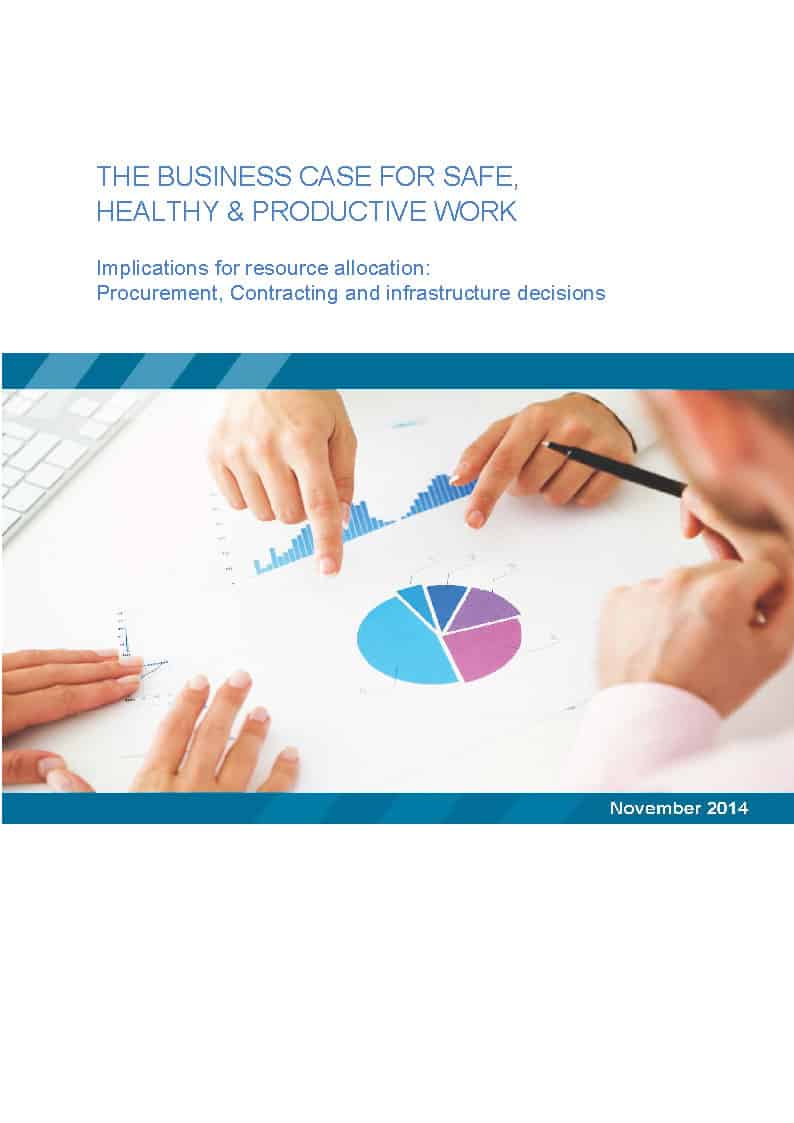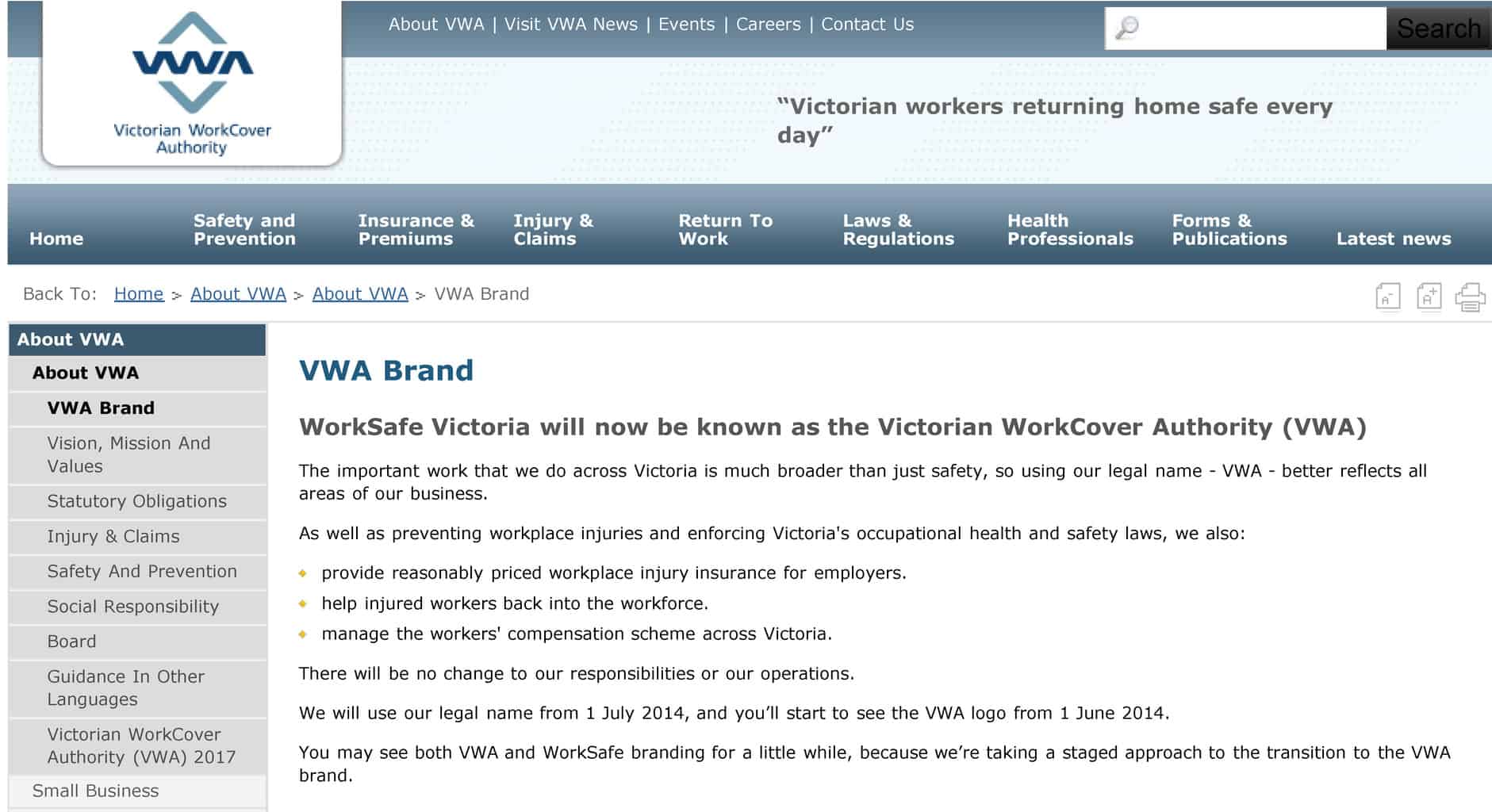 There are two potentially conflicting approaches to changing the occupational health and safety performance of managers and workers – cultural change or individual inducements. In some ways this reflects a societal dichotomy between the group and the individual, the big picture and the small, employers and workers, white-collar and blue collar, blame the system or blame the worker, and other combinations.
There are two potentially conflicting approaches to changing the occupational health and safety performance of managers and workers – cultural change or individual inducements. In some ways this reflects a societal dichotomy between the group and the individual, the big picture and the small, employers and workers, white-collar and blue collar, blame the system or blame the worker, and other combinations.
A colleague brought an article by Ross Gittins to this blog’s attention in which Gittins, an economics journalist, criticises key performance indicators and suggests looking at “intrinsic motivations”, based on the work of Jana Gallus. It seems we should be looking at awards rather than rewards. Gallus’s work provides a useful counterpoint or entry point to a recent book called Risky Rewards, written by Andrew Hopkins and Sarah Maslen. Continue reading “The dichotomy of OHS”


 Just over six months ago the (conservative) Victorian Government
Just over six months ago the (conservative) Victorian Government 